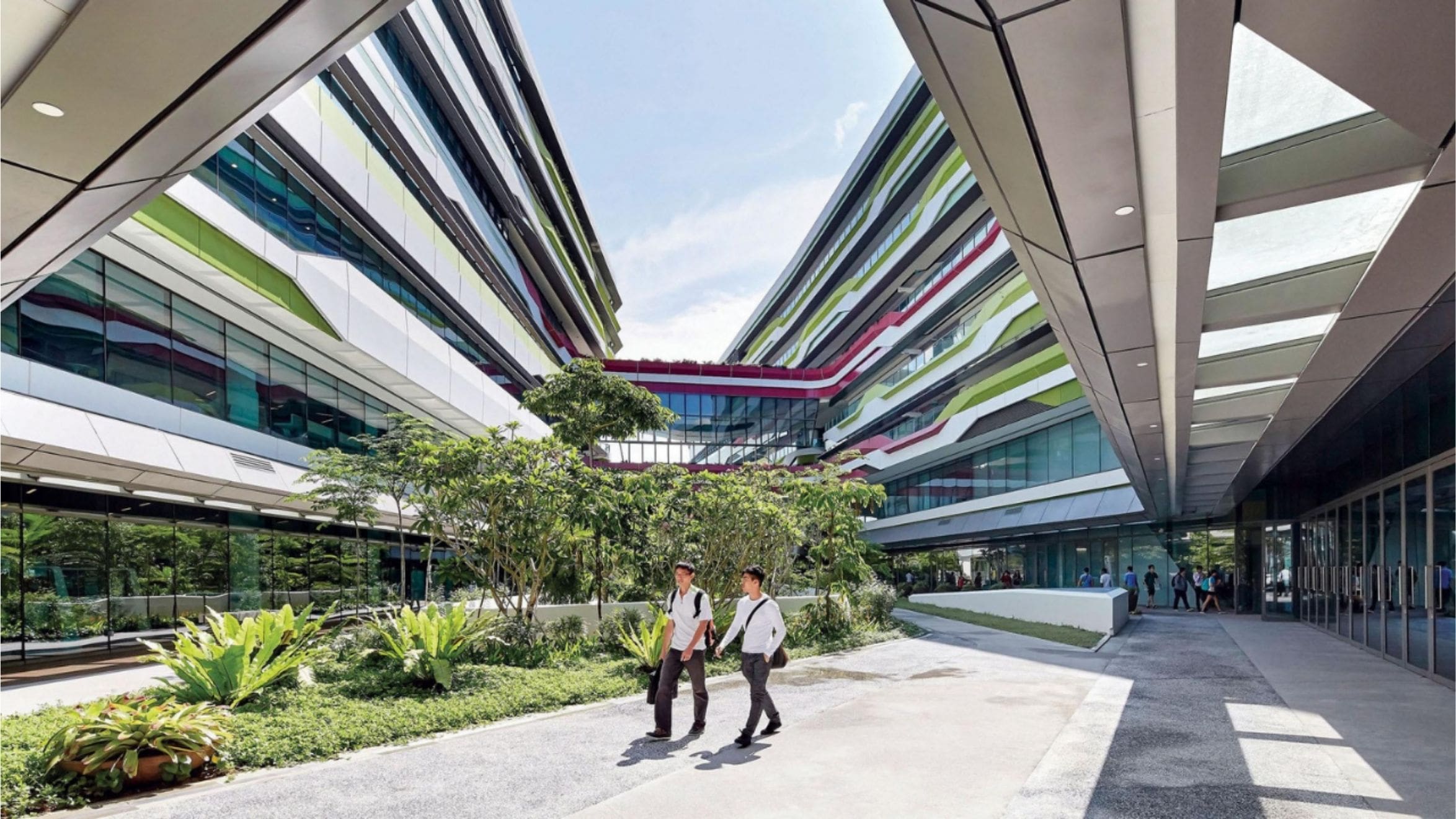Navigating Singapore Schools: Mainstream Schools (part 3) | Relocity
Singapore’s educational system is world-renowned for its alignment of curriculum to instruction, incorporation of technology, transmission of factual...
3 min read
Seem Sing Director Of Operations APAC May 09, 2022

Singapore’s educational system is world-renowned for its alignment of curriculum to instruction, incorporation of technology, transmission of factual and procedural knowledge, and impressive student performance. In this series, we’ll give expats and transferees an overview of the range of schooling options that await in their relocation journey.
As a hub of international trade, Singapore has a very large and culturally diverse expatriate population. To serve this population, Singapore offers some of the most well-known international schools in Asia (over 50 in total). The schools offer holistic curriculums in a variety of languages with an emphasis not just on academics, but also on languages, community service, multicultural studies, sports, and more.
Admissions for international schools are competitive and the process can take up to a few months. The well-established schools typically accept applications a year in advance, so it’s important to do research and have a plan for children that are approaching school age. Also, despite repatriations of previous students and reductions of the foreign workforce in the last two years, top international schools have not seen their application pool and waitlist shrink much. Some of the more popular schools in Singapore currently have a waiting list as long as two years.
The process for high school admissions can be more time consuming and complex because prospective students must determine subject availability after they’re offered a seat. Choices can be limited in the case of a last-minute enrollment because some classes may be full. Prioritizing subject groupings in advance can help parents decide as quickly as possible. Recent COVID-19 border restrictions have prompted administrators to conduct school tours and assessments online, so check the current policies of each institution periodically.
While most international schools do not have entrance exams, students might need to take English and math assessments. These assessments can help school officials understand whether or not they’ll need to provide additional support if they offer a child a seat. For example, school administrators expect a basic level of fluency in the language they use to teach the curriculum.
Shortlisting a school for the children is one of the biggest decisions for relocating families. Here are some points to consider:
For more information on talent mobility solutions and destination services – including assistance with school admissions – in Singapore and around the world, contact Relocity at contact@relocity.com or request a free demo at www.relocity.com/demo.
To read part one, Navigating Singapore Schools: An Introduction, click HERE.
To read part three, Navigating Singapore Schools: Mainstream Schools, click HERE.
(Image: Source)

Singapore’s educational system is world-renowned for its alignment of curriculum to instruction, incorporation of technology, transmission of factual...

Singapore’s educational system is world-renowned for its alignment of curriculum to instruction, incorporation of technology, transmission of factual...

For relocating talent, the overall moving process is stressful, but what if an employee is moving on a tight timeline and you can’t offer them...